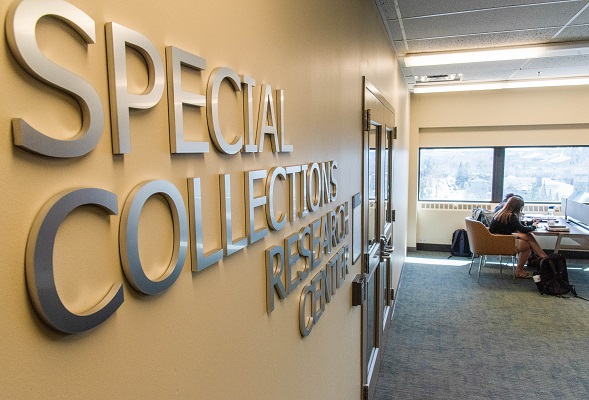Don Werkheiser was a teacher, writer, and philosopher-reformer active in the last half of the 20th century. He is best described as an individualist anarchist and libertarian. Most of his writings center on the philosophy of Mutual Option Relationship, which he developed and promoted throughout his life. It is multidisciplinary in its nature but based mainly on principles of equal rights and freedom of the individual. The eight linear feet of papers consist primarily of Werkheiser's writings (in the form of notes, drafts, and finished typescripts), correspondence with friends and colleagues, and related ephemera. A small number of photographs, materials documenting Werkheiser's interests and activities, and works by associates of Werkheiser are also present.
Don Werkheiser, like many of his peers, received little recognition for his ideas and efforts during his lifetime, even among the relatively small circle of individualist anarchists within which he interacted. The papers consist mainly of various iterations of his Mutual Option Relationship philosophy and methodologies for realizing it, as well as his thoughts on the numerous social, economic, and political problems that he saw in contemporary American society. There is also correspondence with friends and associates in his intellectual and ideological sphere. The ephemera in the collection--consisting of newspaper clippings; pamphlets; and extracts from periodicals, books, and monographs, are significant because of their subject area (mainly freedom of speech), their relative obscurity, and also Werkheiser's extensive annotations. These materials are supplemented by a very small number of photographs.
The Don Werkheiser Papers (8 linear feet) have been divided into six series: Writings, Correspondence, Other Activities, Works by Others, Photographs, and Ephemera. Originally included with the Don Werkheiser Papers was a large collection of books and pamphlets by Theodore Schroeder, an important influence on Werkheiser, as well as published works by other authors. These have been removed and cataloged separately.
There is a significant amount of material in the Don Werkheiser Papers having to do with Theodore Schroeder. In addition to championing free speech causes, Schroeder developed a system of psychological thought which he named "evolutionary psychology." He was also interested in erotogenic interpretations of religious practices, and his writings on this topic generated much controversy in his day. Werkheiser was profoundly influenced by evolutionary psychology and other areas of Schroeder's thought, especially his advocacy of free speech. This is indicated not only in Werkheiser's own writings, but also in his substantial files of material by and about Schroeder and in a small amount of correspondence between the two, and between Schroeder and others. (As a point of clarification, Schroeder's evolutionary psychology appears to be entirely unrelated to the discipline of the same name established by Leda Cosmides and John Tooby in the 1990s.)
There is also a substantial amount of material related to the School of Living (mainly the one in Brookville, Ohio) and the ideas associated with it: decentralism, cooperative living, monetary and tax reform, alternative education, permaculture, wilderness and farmland preservation, and the environment. Its founders, Ralph Borsodi and Mildred Loomis, are also well-represented in the collection--particularly Loomis, who was a close friend of Werkheiser's. (As another point of clarification, the School of Living's journal-newsletter, Green Revolution, is unaffiliated with--and even in direct ideological opposition to--the Green Revolution in agriculture begun in the mid-1940s that encouraged large-scale chemical applications as a means to boost agricultural productivity.)
Other important influences on or associates of Werkheiser represented in the collection are Georgism and Henry George (on which Werkheiser wrote extensively), Laurance Labadie, Ralph Templin, and Arnold Maddaloni. There is also some material by the science fiction writer Robert Anton Wilson.
